solar system
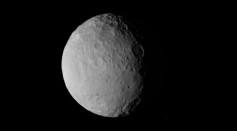
Dawn’s Long Journey About to End By Entering Orbit of Ceres
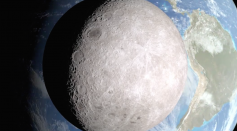
Thanks To Lunar Reconnaissance Orbiter NASA Reveals What Lies on the Dark Side of the Moon
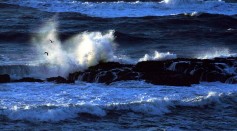
Dust on the Ocean Floor Reveals Ancient Supernova

New Horizons Prepares for Pluto Flyby
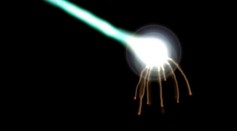
Meteorites and the History of Our Solar System: Not Everything Is As It Seems
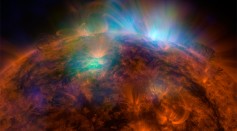
NuSTAR Telescope Helps NASA Find Nanoflares on the Sun
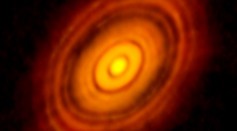
What the Taurus Constellation Can Teach Us About Our Solar System’s Birth
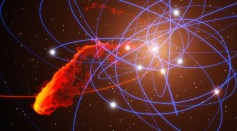
Binary Stars Merge and Beat Supermassive Black Hole

Not Just NASA ‘Ducks & Covers’—Comet Siding Spring
Most Popular

China’s Tiangong Space Station to Expand Its Capabilities With New Modules

AI Revolution in Medical Education: Transforming How Healthcare Professionals Learn

Exploring Life Beyond Earth: Study Claims Other Planets Could Be Suitable for Alien Life

Out of Office, Not Out of Mind: Planning for Employee Holiday Absences





